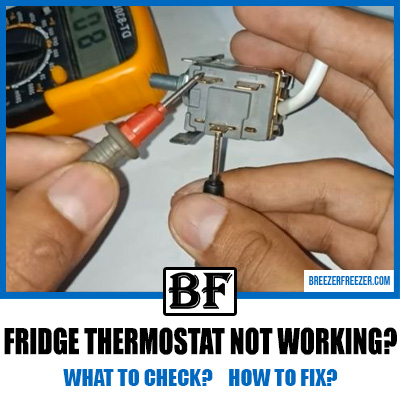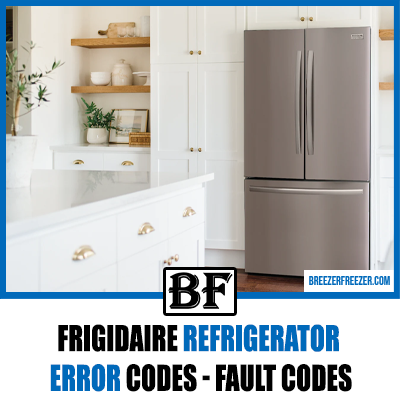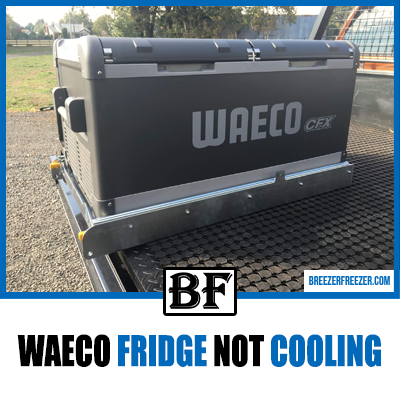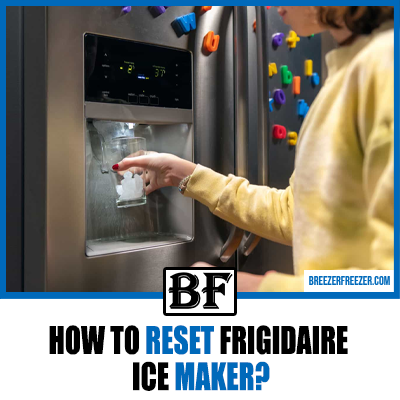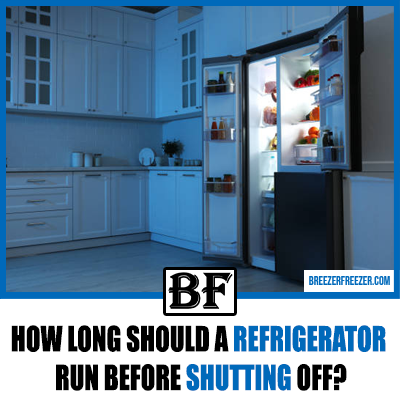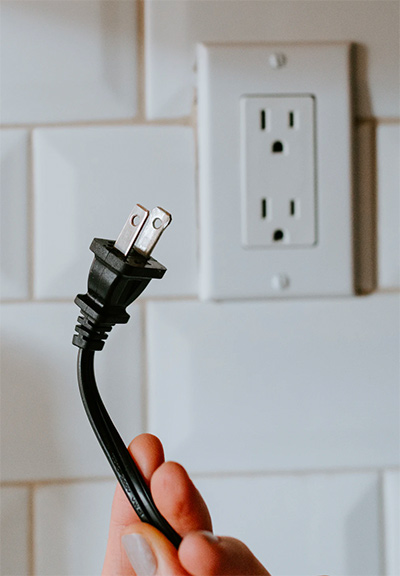Fridge Thermostat Not Working?
The thermostat is one of the most crucial components of a refrigerator. It may be small, but if it isn’t working correctly or has become broken, it will cause the whole system to malfunction.
In which case, it would result in temperature-related problems in the refrigerator unit. When it’s cooling too much to the point that even the fridge is freezing up, even with some temperature fluctuations, it will cause food spoilage.
While thermostat problems are serious, they are among the most common refrigerator problems and can easily be fixed without a professional’s help. Here are the various reasons why your thermostat could be malfunctioning and what you could do to fix it.
Why is my fridge thermostat not working?
Rule out the possibility of human error
If you are dealing with an unusually cold fridge or hot freezer, it is first crucial to rule out the possibility that the thermostat is set on the wrong temperature setting. This usually happens if a family member has turned up the dial too high or too low unknowingly. This may also happen with older refrigerators when the marking is already gone.
Debris and dirt has damaged the thermostat

This is a common problem that affects the functionality of refrigerator thermostats. Over time, the buildup of debris and dirt in the back panel, where the thermostat is mounted, not in the dial, which is the thermostat’s external control, may cause it to malfunction.
The thermostat has just reached its lifespan

Refrigerator thermostats aren’t precisely long-lasting. This is why they are easily replaceable. In which case, they just stop working correctly over time with age.
What happens if my fridge thermostat is not working?
As mentioned, it is quite challenging to isolate the thermostat to be faulty first, without looking at other components. This is because the thermostat is connected to other parts of the refrigerator unit and generally affects the system. This is why a problem that is noticed from another component can be linked to the thermostat.
The compressor may be running continuously
The fridge’s compressor isn’t supposed to be running for the duration that the fridge is plugged in. Moreover, this should be a severe concern whenever the compressor runs when it isn’t supposed to; the refrigerator is consuming additional electricity. The compressor runs when you can hear the “hum” that comes from the back of the refrigerator.
Since the thermostat is connected with the compressor, as it “tells” the compressor to work and maintain temperatures whenever necessary, a faulty thermostat would be a likely culprit to a continuously running compressor.
The compressor may not be running at all
The alternative to the first scenario is the compressor may not be running even if the thermostat is on the highest ceiling. You can usually do a simple test to determine if this is the case.
Use a wire bridge and hook it up in between the thermostat terminals. This will essentially remove your thermostat from the equation while still providing its function for the compressor. If the compressor starts in this setup, then the thermostat is the one that isn’t working correctly, not the compressor.
The whole unit is freezing up entirely or not freezing at all.
If the thermostat is broken, the overall temperature regulation and maintenance of the fridge will be disrupted. Since the thermostat is responsible for signaling the start or end of the cooling process, it will just affect the fridge’s temperatures as a whole. This is also connected to the fact that the compressor is the machine that powers up the whole refrigeration process.
What could I do to fix my fridge thermostat?
Replace it. Simple as that.
It is far easier and cheaper to replace your thermostat than to get it serviced and fixed. In which case, getting it fixed will only lead to more breakage in the future. Moreover, you can easily replace it at home without a service agent’s need, with the help of a few tools that are easy to use.
Symptoms of a bad refrigerator thermostat
A bad refrigerator thermostat can cause a variety of symptoms that can indicate a problem with the unit.
Not cooling properly. The thermostat controls the flow of coolant to the coils, so if the thermostat is not functioning properly, the coils may not be receiving enough coolant, which can cause the refrigerator to not cool properly.
Refrigerator is running too frequently. A thermostat that is not functioning properly can cause the compressor to turn on and off more frequently than it should, which can cause the unit to consume more energy and wear out more quickly.
Freezer is not freezing properly. The thermostat also controls the defrost cycle in the refrigerator, which can cause the freezer to not freeze properly if the thermostat is not functioning properly.
Temperature inside is not consistent. A thermostat that is not functioning properly can cause the temperature inside the refrigerator to fluctuate, which can cause food to spoil or freeze.
Unit is making strange noises, such as buzzing, humming, or clicking. These noises can be caused by a malfunctioning thermostat or other parts of the refrigeration system. A final symptom of a bad thermostat is that the unit is leaking water.
A malfunctioning thermostat can cause water to collect and leak out of the bottom of the refrigerator. If you notice any of these symptoms, it’s important to have a professional check your refrigerator to determine if the thermostat is the cause of the problem.
How does a thermostat work in a refrigerator
A thermostat in a refrigerator works by monitoring the temperature inside the unit and regulating the flow of coolant to the coils. The thermostat uses a thermistor, which is a temperature-sensitive resistor, to detect the temperature inside the refrigerator.
As the temperature inside the unit changes, the resistance of the thermistor changes, which sends a signal to the thermostat’s control circuit.
When the thermostat receives this signal, it sends power to the compressor, which then pumps coolant through the coils to cool the interior of the refrigerator. As the temperature inside the unit drops to the desired level, the thermostat sends a signal to the control circuit to shut off power to the compressor.
This cycle continues until the temperature inside the refrigerator fluctuates and the thermostat regulates the compressor and coolant flow to maintain the desired temperature.
On the other hand, the thermostat also controls the defrost cycle in the refrigerator. The defrost cycle is the process of removing the ice buildup from the coils in the freezer compartment. The thermostat monitors the temperature of the coils and when it detects that the temperature is above freezing, it sends a signal to the defrost timer to start the defrost cycle.
This cycle melts the ice on the coils and drains the water through a drain tube. The thermostat then sends a signal to the defrost timer to stop the defrost cycle and to start the cooling process again.
In short, a thermostat in a refrigerator works by monitoring the temperature inside the unit and regulating the flow of coolant to the coils and the defrost cycle to maintain the desired temperature and prevent ice buildup.
